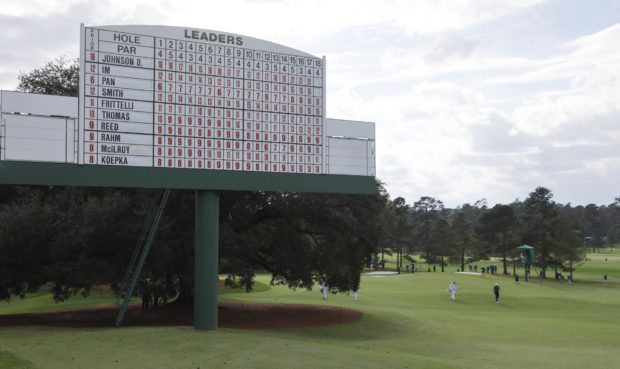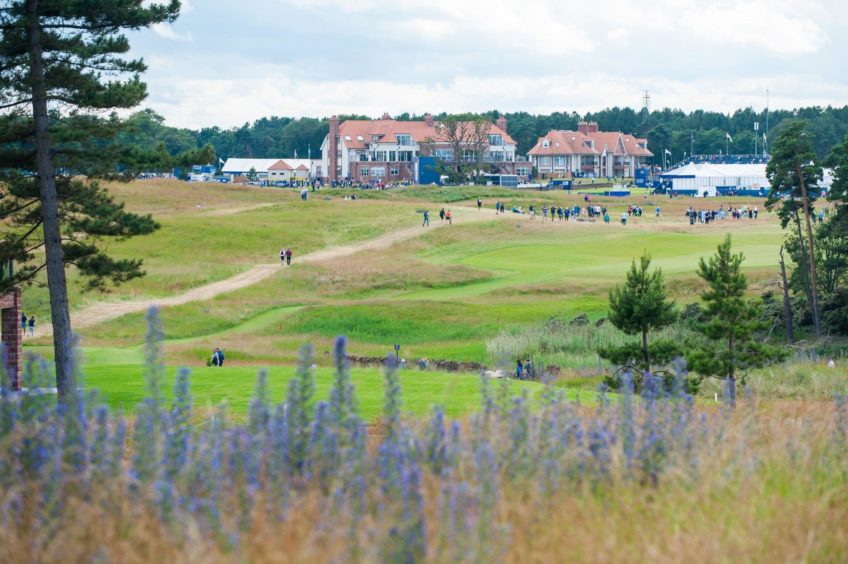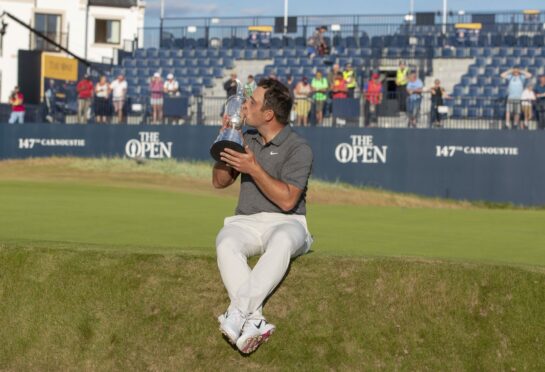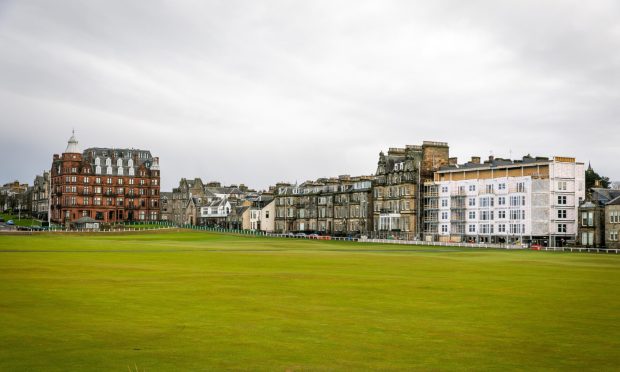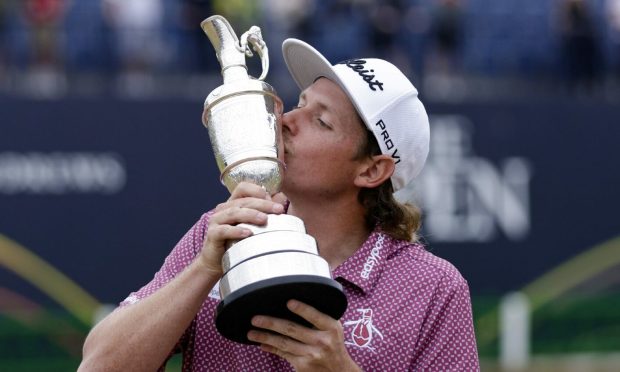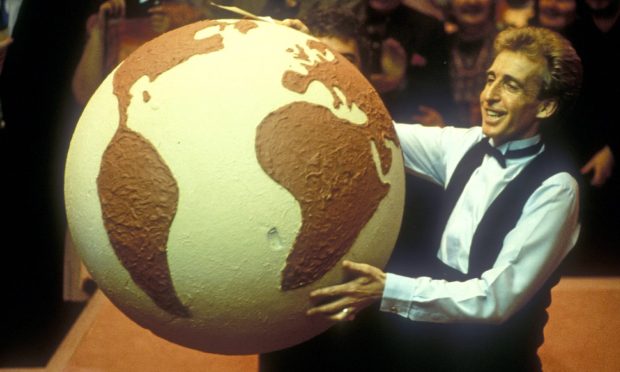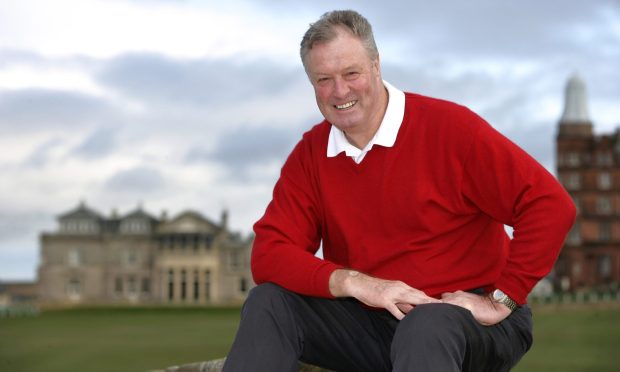Regular readers will know the existence of the Extreme Journalist Licence, my vehicle for changing my mind completely and attempting to get away with it while still retaining credibility.
The basic rule is this: for every ten years served at the coal face of free seats, free lunches and questioning of surly sports stars, you’re allowed one shameless about-face.
At 38 years and counting as of last month, I’m allowed three per year and am in plain sight of a fourth, although in the changing world of digital journalism (what the hell is SEO anyway?) a 40th anniversary is certainly not the sure thing it once was.
Anyway, you may have guessed that I’m invoking one of my EJLs this week, the first this year – I’ve got to November without retracing my steps blatantly, which is a triumph of sorts. And it directly concerns you.
I may have given the impression that I considered people attending major sports events to be an outdated and indeed unnecessary addendum to the overall spectacle. It seemed to be a trend, accelerated by the Covid-19 crisis, that fans were a little too much bother.
Martin Gilbert, the retiring chief executive of Aberdeen Standard Investments, the long-time sponsor of the Scottish Open, planted this seed. Martin pointed out in several conversations that at least in the events he was involved with, spectators didn’t have much effect at all; they contributed a tiny percentage of the profit margin, even those paying large sums for hospitality.
TV was what mattered. It brought in the money via exclusive rights and advertising, and it also acted as priceless promotion – in Martin’s case, in the USA and the Far East, where his company could grow.
For ASI, and other sponsors on the European Tour and throughout golf, a live audience is not really high on their list of priorities. And when Covid-19 meant no elite golf events had fans present – not just those staged in Saudi Arabia – it wouldn’t really matter.
Well, after eight months of this pestilent pandemic, it clearly, blatantly does matter. Despite the dreams of the accountants who run European football (or aspire to), that sport has been incredibly diminished by the absence of supporters, and every other mass-audience sport is the same.
At the Scotland-France game at Murrayfield on Sunday, they played a recording of a packed house singing “Flower of Scotland” at the anthems which only made you pine for the absence of real people even more.
But rather than just the sheer emotion fans bring, this is clearly beginning to talk at a more telling level for those who run top-class sport, and last week’s Masters brought it home even more.
CBS’ TV ratings for the first November Masters were down 51%. That’s a staggering figure given how much appeal we thought the event would have – autumnal colours at Augusta, the Bryson DeChambeau hype, Tiger’s defence, the sheer longing of the 19-month gap between tournaments.
There are some caveats – the most notable being that for the first (and surely last time) Augusta was up against the NFL, College Football and America’s other “Fall” staple sports. But it was the Masters, man, “a tradition like no other”!
And it followed a trend. The US Open and PGA TV ratings were well down. American TV audience figures for the NBA Finals, baseball’s World Series, and Ice Hockey’s Stanley Cup all plummeted during the pandemic.
The NFL, where ratings have long been thought to be indestructible against all eventualities, numbers have also slumped.
Over here, Sky Sports’s coverage had a predictable spike in viewers at the restart but have settled down to “normal” figures, and they took a pounding during the lockdown as hundreds of viewers paused or dropped their subscriptions altogether.
Figures for rugby’s Autumn Nations Cup have yet to come in, but given the competition is on Amazon Prime for the first time there’s nothing to properly compare it to.
The premise quoted by Martin Gilbert is still the same – fans don’t make a huge difference to the bottom line with the cash they pay to get in – TV rights is still how sports make their money, and will be for the foreseeable future.
However, and there’s an obvious irony in this, the presence of a live audience roaring their approval or howling in derision when fate goes against their team/hero is an absolutely essential element for the armchair viewer. Without it, a large number people are clearly not engaged and simply switch off or don’t tune in.
So yes, the organisers and the sponsors don’t need the fans. But they do need their primary paymasters in golf and all other sports, the TV companies, who in turn desperately need the fans as a living, breathing backdrop to the action.
You can play the big events like the majors in golf or the finals in football, or the Super Bowls and the Six Nations during a pandemic, sure. But sport will simply not be the same until we have the essential element of mass public participation restored.
